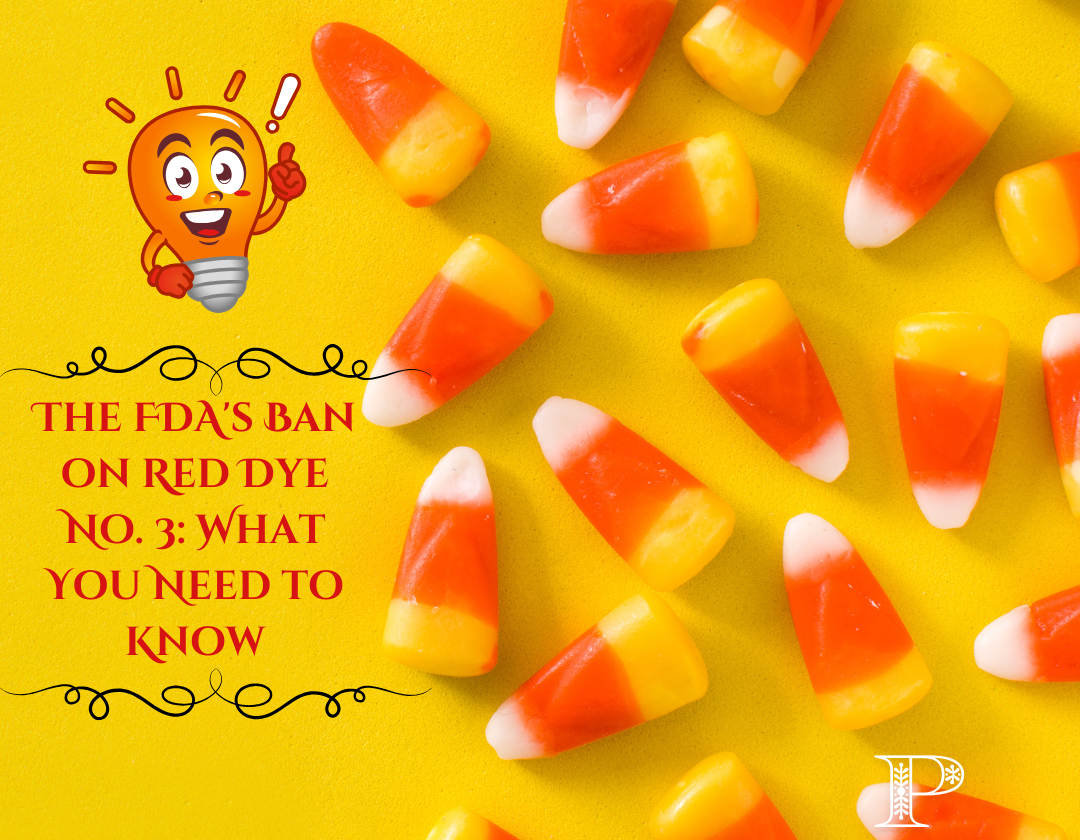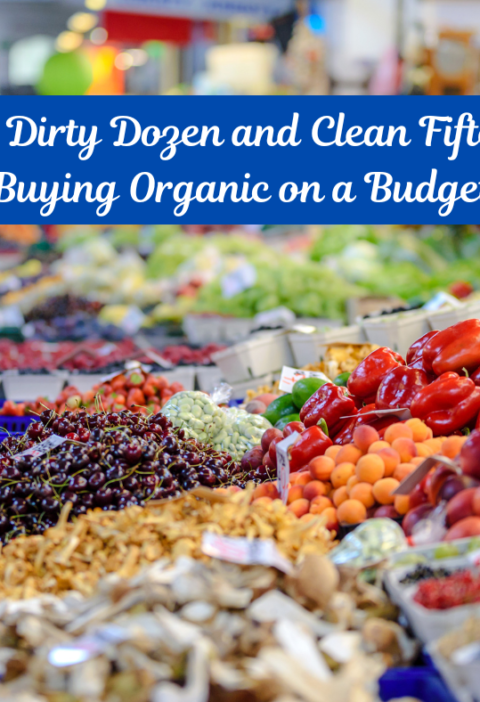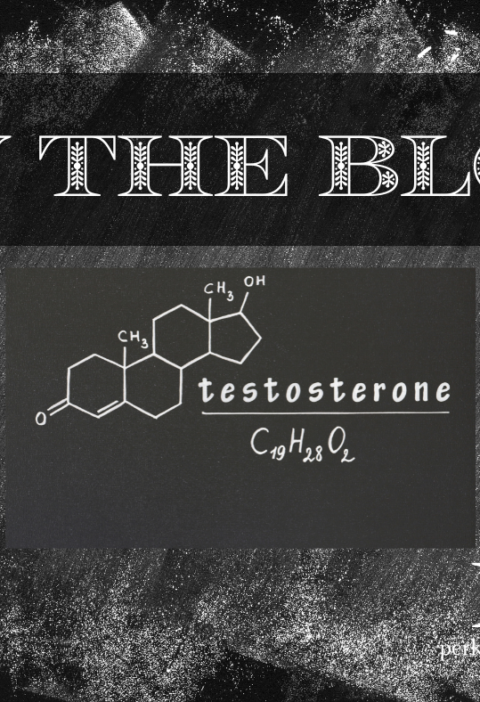We use affiliate links. If you purchase something using one of these links, we may receive compensation or commission.
What Is Red Dye No. 3?
If you’ve ever eaten a candy with a vibrant red hue or a strawberry-flavored snack, there’s a good chance you’ve consumed Red Dye No. 3. Also known as erythrosine, this dye has been used for years to give foods and medicines their bright, appealing color. But it’s not without controversy. Decades ago, studies linked high doses of Red Dye No. 3 to cancer in lab animals, sparking debates about its safety.
Despite these concerns, it remained in use for food and drugs, even after being banned in cosmetics in the 1990s. It’s amazing how long it’s taken to reach this point, but the FDA is finally taking action to protect us from potential harm.
Why the Ban Now?
So why has the FDA decided to act now? It all comes down to science and policy. Recent reviews of studies confirmed the risks associated with Red Dye No. 3, including its role in causing cancer in male lab rats. Under the Delaney Clause—a regulation that prohibits the use of additives shown to cause cancer in humans or animals—the FDA had no choice but to step in.
This move aligns with what many consumer advocacy groups have been demanding for years. It’s a step toward safer food practices and a reminder that our health should always come first.
How Will This Affect Us?
The ban will impact a variety of products, from the candies we find in our kids’ treat bags to the baked goods we enjoy during the holidays. Popular items like candy corn, cookie mixes, and even some strawberry-flavored foods will need to be reformulated. Food manufacturers have until January 15, 2027, to remove Red Dye No. 3 from their products, and the timeline for medications extends until January 18, 2028.
While this may mean changes in some of our favorite treats, it also means we’re moving toward safer, healthier options. And that’s a change worth celebrating.
Natural Alternatives to Red Dye No. 3
If you’re wondering how companies will replace Red Dye No. 3, there’s good news: nature has already provided some excellent alternatives. Ingredients like beet extract, carmine (made from insects), and pigments derived from purple sweet potatoes or red cabbage can create vibrant, beautiful colors without the risks.
Many brands are already ahead of the curve, using these natural options to appeal to health-conscious consumers. I’ve even started looking more closely at labels to see which companies are leading the way.
What Can You Do?
As consumers, we have the power to drive change. Take a moment to check the ingredient lists on the products you buy. Support brands that prioritize natural ingredients, and don’t be afraid to reach out to companies to ask about their plans for reformulating their products.
This ban is a big step forward for food safety, but it’s also a reminder of the importance of staying informed. By being proactive, we can make healthier choices for ourselves and our families.
Closing Thoughts
The FDA’s ban on Red Dye No. 3 is a long-overdue victory for health-conscious consumers. It’s one of many steps we can take toward creating a safer food system for everyone. I’m curious—have you checked your pantry recently for products with Red Dye No. 3? What are your thoughts on this ban? Let’s start a conversation and share tips for cleaner, healthier living!






